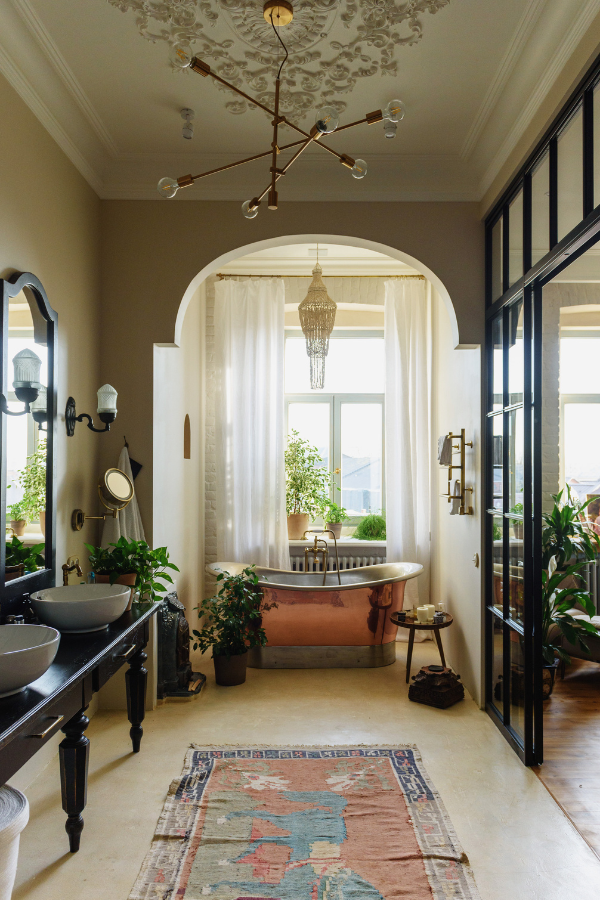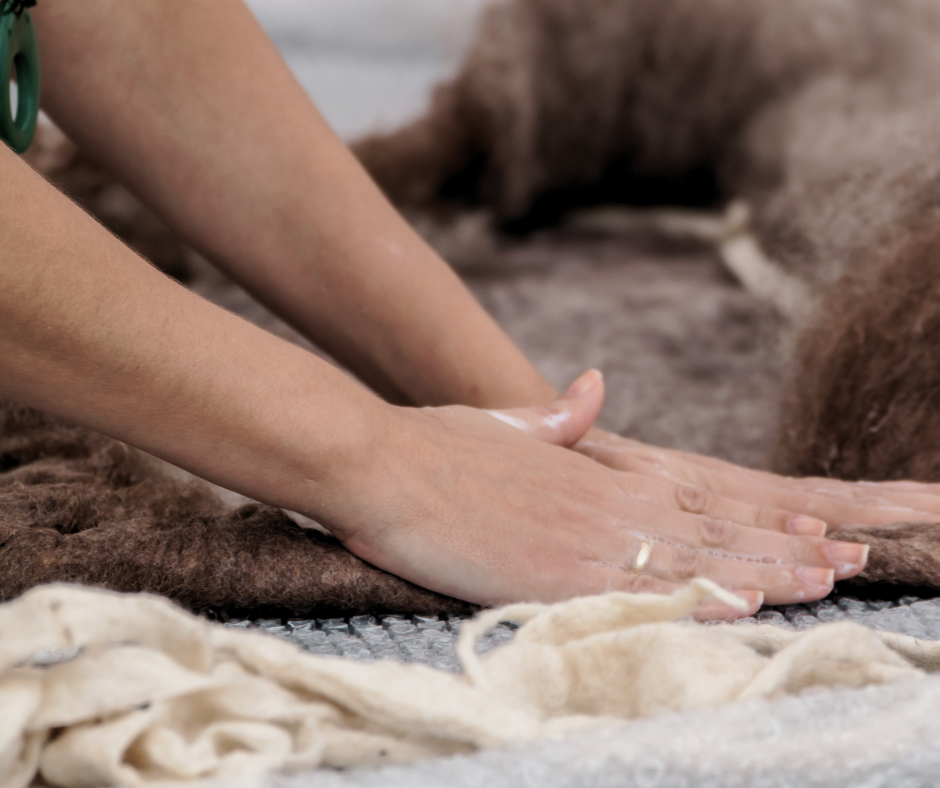

Wet Felting: The World’s First Fabric and an Enduring Technique
Summary
Reflection Questions
Journal Prompt
Wet felting is a process of matting, condensing, and pressing fibers together using moisture and agitation. Regarded by scholars as potentially the world’s first form of fabric, this method dates back to ancient civilizations, where it played a crucial role in the development of early material culture. The technique, which involves the interlocking of wool or animal hair fibers to create a dense and durable textile, has been a cornerstone in the evolution of fabric-making, transcending its primitive origins to become a significant craft in both historical and modern contexts. In this article, we delve into the origins, methods, and enduring relevance of wet felting, tracing its journey from a rudimentary necessity to a sophisticated art form.
The History and Origins of Felting
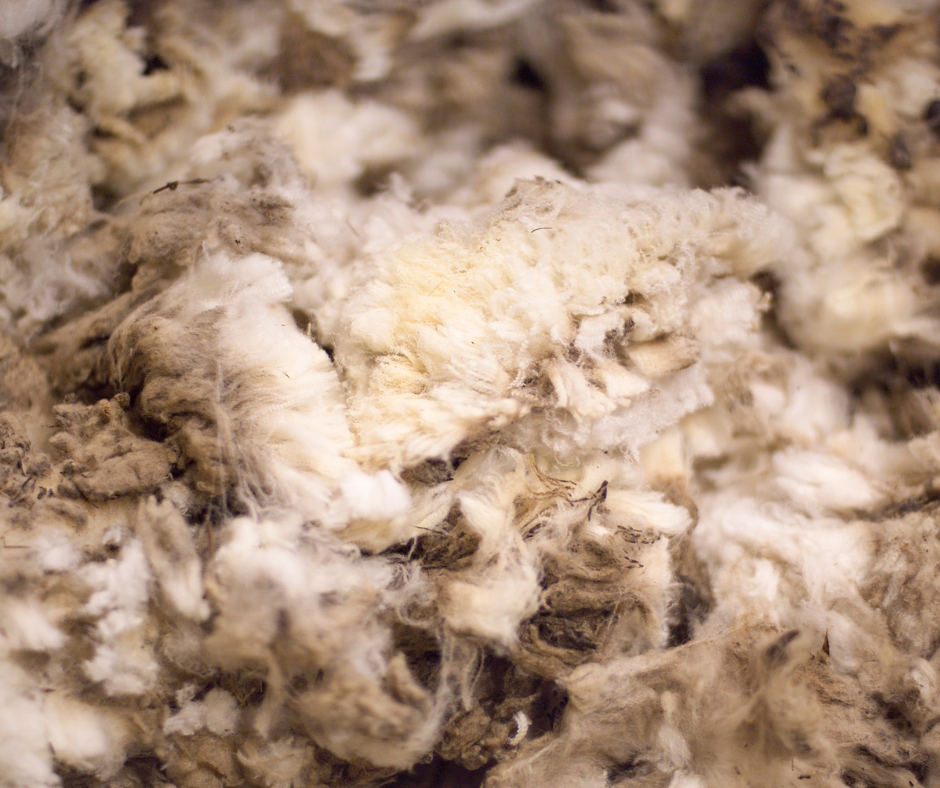

The world’s first type of fabric is widely believed to be felt. Felt is a non-woven cloth that is produced by matting, condensing, and pressing fibers together. Felt can be made from natural fibers such as wool or animal fur, or from synthetic fibers such as petroleum-based acrylic or acrylonitrile, and even from wood pulp-based rayon. The exact origins of felt are unknown, but it is thought to have been discovered long before weaving methods were developed, making it one of the earliest forms of textile fabric.
The process of making felt does not involve spinning, weaving, or knitting; instead, it relies on the inherent qualities of the fibers themselves. When heat, moisture, and pressure are applied to these fibers, they interlock into a dense, durable material. This quality made felt an ideal fabric for early human civilizations, who used it for a variety of purposes, including clothing, tents, and rugs.
The simplicity of felt production, requiring minimal technology or equipment, supports the theory that it was indeed one of the first, if not the first, type of fabric developed by humans. Its discovery likely had a significant impact on early human societies, providing them with more durable and versatile materials for their daily needs.
Fuel your creative fire & be a part of a supportive community that values how you love to live.
subscribe to our newsletter
*please check your Spam folder for the latest DesignDash Magazine issue immediately after subscription


Exploration of Felt’s Origins, with an Emphasis on the Wet Felting Process
The genesis of felt, particularly through wet felting, is steeped in antiquity, with its origins obscured in the mists of prehistory. This textile-making technique, believed to predate weaving and knitting, involves the matting of wool or animal hair using water and mechanical action. The simplicity of its creation, requiring no looms or specialized tools, suggests its emergence as an early human innovation, possibly developed out of a necessity for durable and weather-resistant materials.
Discussion of Early Evidence of Felt in Various Ancient Cultures
Archaeological findings provide substantial evidence of felt’s use across various ancient cultures. Excavations in Siberia unearthed felt artifacts dating back to the Scythian period (approximately 7th century BC), demonstrating its use in both artistic and practical applications. Similarly, remnants of felt have been discovered in ancient Turkish and Mongolian sites, indicating its widespread utility across the Eurasian steppe. These discoveries underscore felt’s historical prevalence, revealing its integral role in a myriad of ancient societies.
The Role of Felt in the Evolution of Textile Production
In the broader narrative of textile history, felt holds a pivotal position. As one of the earliest known forms of fabric, it significantly influenced the evolution of textile production. Its development provided early societies with a versatile material that could be produced with minimal technology, thus paving the way for more complex textile forms. The enduring nature of felt, coupled with its ability to be easily produced and molded, established a foundation upon which subsequent textile innovations were built.
The Process of Wet Felting
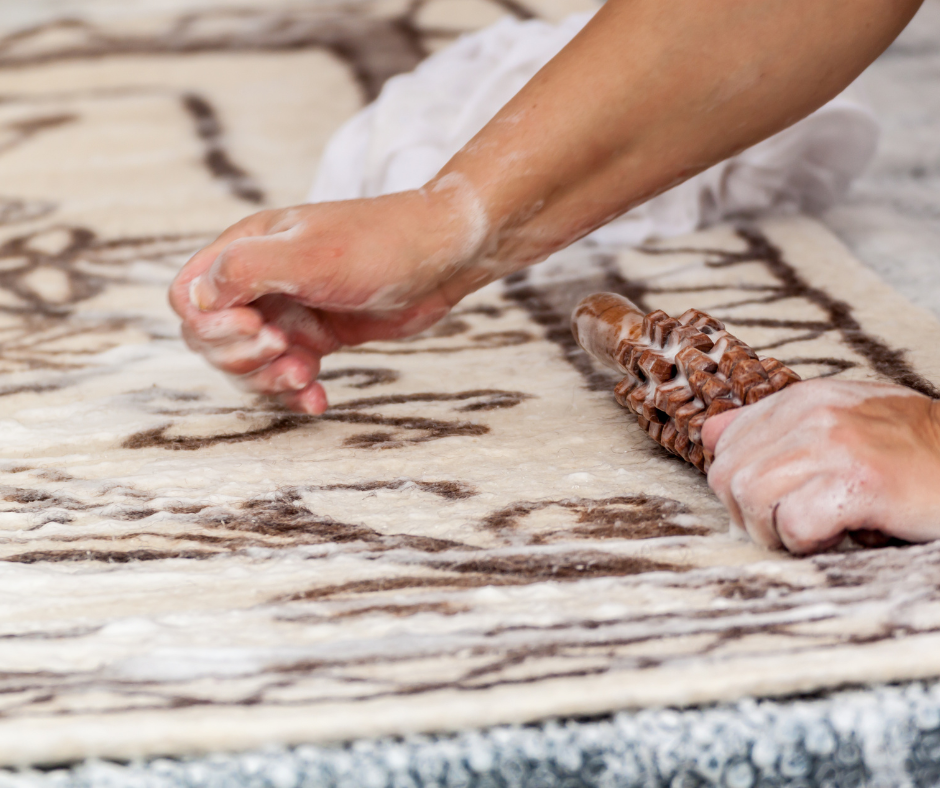

Wet felting is a methodical process that involves the transformation of loose fibers, typically wool, into a cohesive fabric. This is achieved by layering the fibers, adding warm soapy water, and then applying pressure and friction.
The warm soapy water facilitates the opening of the fibers’ scales, while agitation and pressure cause these scales to interlock, creating a dense, non-woven wool fabric. The process is often a delicate balance of controlling temperature, moisture, and agitation to ensure a uniform and consistent felt.
Differences Between Wet Felting and Other Felting Methods (e.g., Needle Felting)
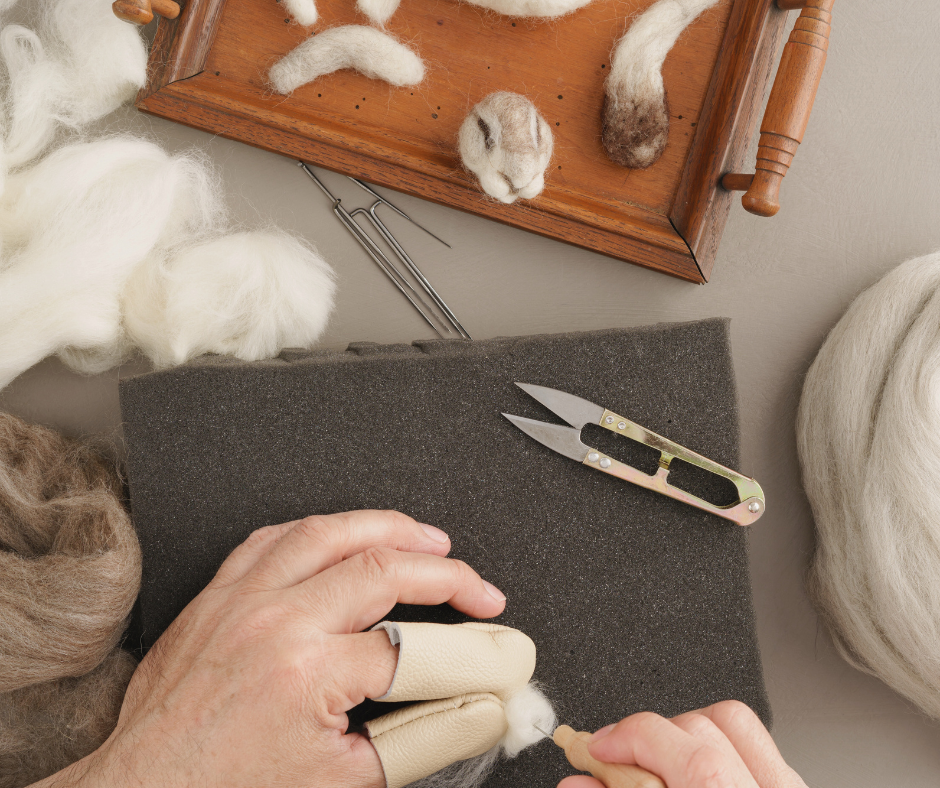

While wet felting relies on water and agitation, other felting methods, such as needle felting, employ different techniques. Needle felting uses barbed felting needles to interlock wool fibers. Unlike wet felting, it is a dry process and allows for more precision in shaping and detailing, making it ideal for sculptural or decorative items.
In contrast, wet felting techniques are better suited for creating larger, more uniform pieces of fabric and are known for their strength and durability. Each method caters to different artistic and practical applications, reflecting the versatility of felting as a craft.
Materials Commonly Used in Wet Felting
The primary material used in wet felting is wool. Wool felting is favored for its scalability and ability to interlock effectively. Specific types of wet felting wool, such as Merino wool, are preferred for their fine fibers and soft texture. In addition to wool, soapy water is essential in the felting process, acting as a lubricant to encourage the fibers to mat together.
Enhancements like silk fibers, yarn, or other embellishments can be incorporated to add texture or decorative elements to wet felted fabric. The choice of materials often depends on the desired properties of the finished wet felting project, such as thickness, softness, and durability.
Cultural Significance of Felting
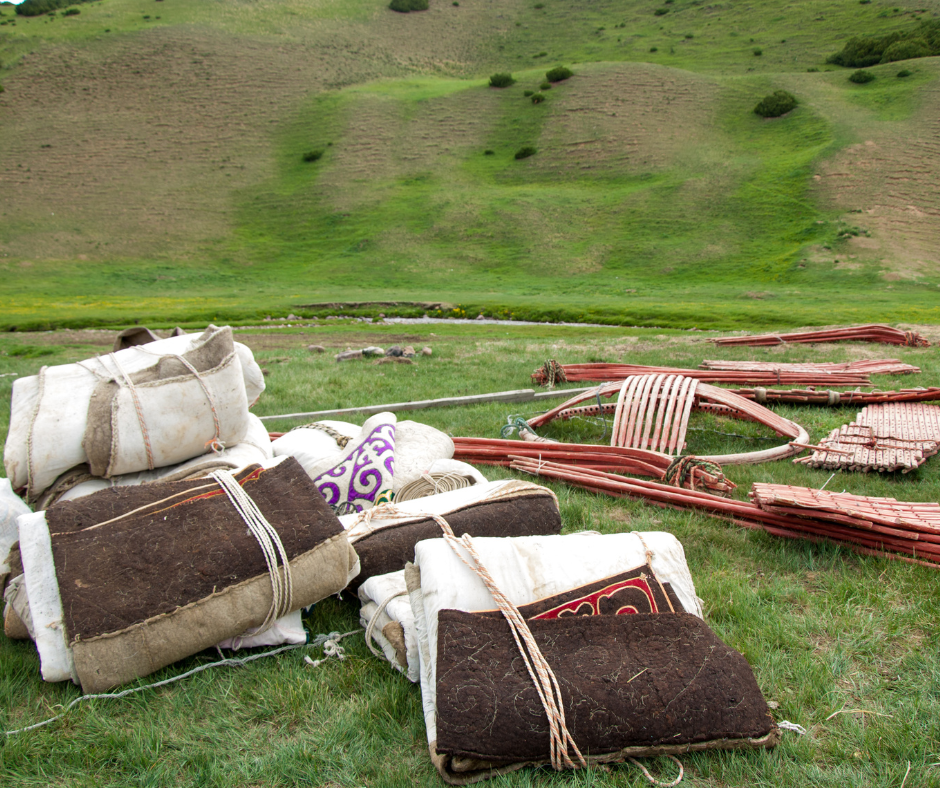

Felt has played a vital role in the cultural fabric of numerous societies throughout history. Its versatility and ease of production made it a staple in both nomadic and settled cultures. In Central Asia, it was integral to the nomadic lifestyle, used in the construction of shelters and garments.
European cultures utilized felt for clothing and artistic purposes, appreciating its durability and warmth. Contemporary usage of felt spans a broad spectrum, from traditional practices in Mongolia and Turkey to modern artistic expressions in Western art and fashion, illustrating felt’s continued relevance and adaptability across cultures.
Examples of Traditional Felt Items
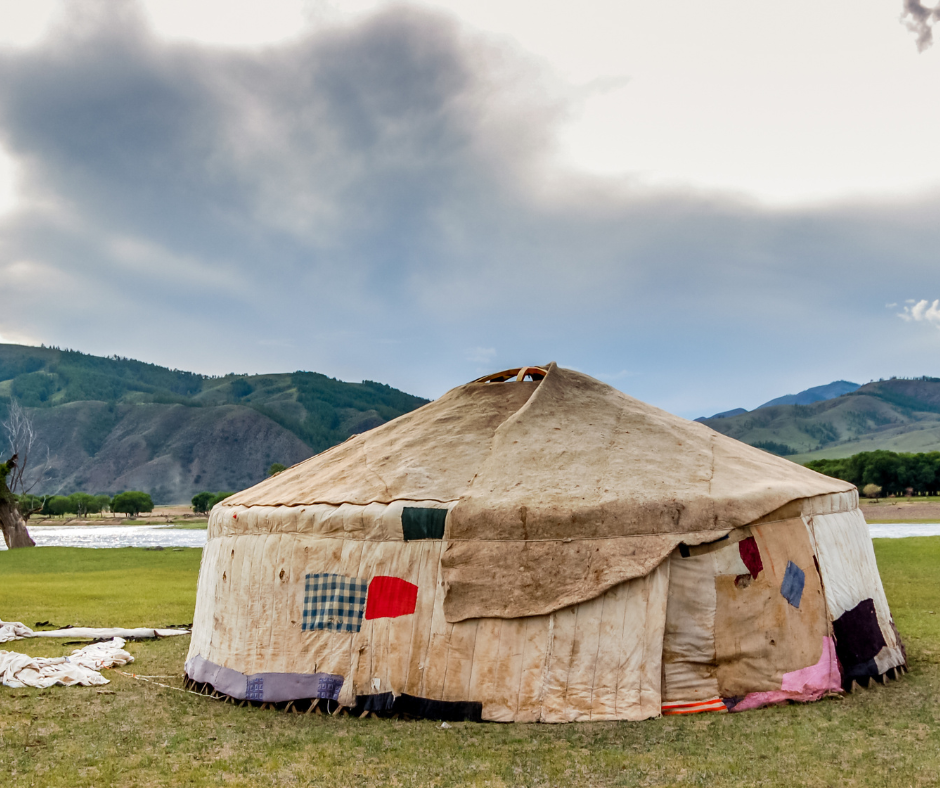

Felt’s adaptability is exemplified in the diversity of traditional items crafted from it. Central to nomadic life in Central Asia, the yurt, a portable, round tent covered with felt, stands as a testament to felt’s insulating and protective qualities.
Traditional clothing such as the ‘Kalpak’ hat in Kyrgyzstan and the ‘Deel’ coat in Mongolia, both made from felt, highlight its use in apparel, providing warmth and resilience against harsh climates. Additionally, felt has been employed in artistic realms, notably in rug making and decorative tapestries, showcasing its aesthetic versatility.
The Symbolic and Practical Importance of Felt in These Cultures
Felt’s significance extends beyond its practical applications, holding symbolic value in many cultures. For nomadic tribes, felt was not just a material resource but a symbol of home and protection, integral to their mobile way of life.
In Turkic and Mongolian cultures, felt has ceremonial importance, often used in rituals and as gifts to signify respect and hospitality. This symbolic dimension, coupled with felt’s practicality as a robust, insulating material, underscores its integral role in the social and cultural practices of various societies, from past to present.
Wet Felting in Modern Times
Adaptation of Wet Felting in Contemporary Arts and Crafts
In contemporary arts and crafts, wet felting has experienced a renaissance, adapting to modern aesthetics while retaining its traditional roots. Artists and crafters have embraced this ancient technique, using it to create innovative and expressive works that range from wearable art to abstract sculptures.
This resurgence has not only revitalized interest in wet felting as a craft but has also allowed for the exploration of its potential as a medium in fine art, blending historical techniques with contemporary design sensibilities.
The Resurgence of Interest in Traditional Felting Techniques
There has been a notable resurgence in the interest in traditional felting techniques, particularly among artisans and hobbyists seeking to reconnect with handcraft traditions. Workshops and courses on wet felting have become increasingly popular, reflecting a growing appreciation for the skill and artistry involved in this age-old craft. This revival is part of a broader movement towards sustainable and handmade products, where the authenticity and uniqueness of felted items are highly valued.
Nuno Felting
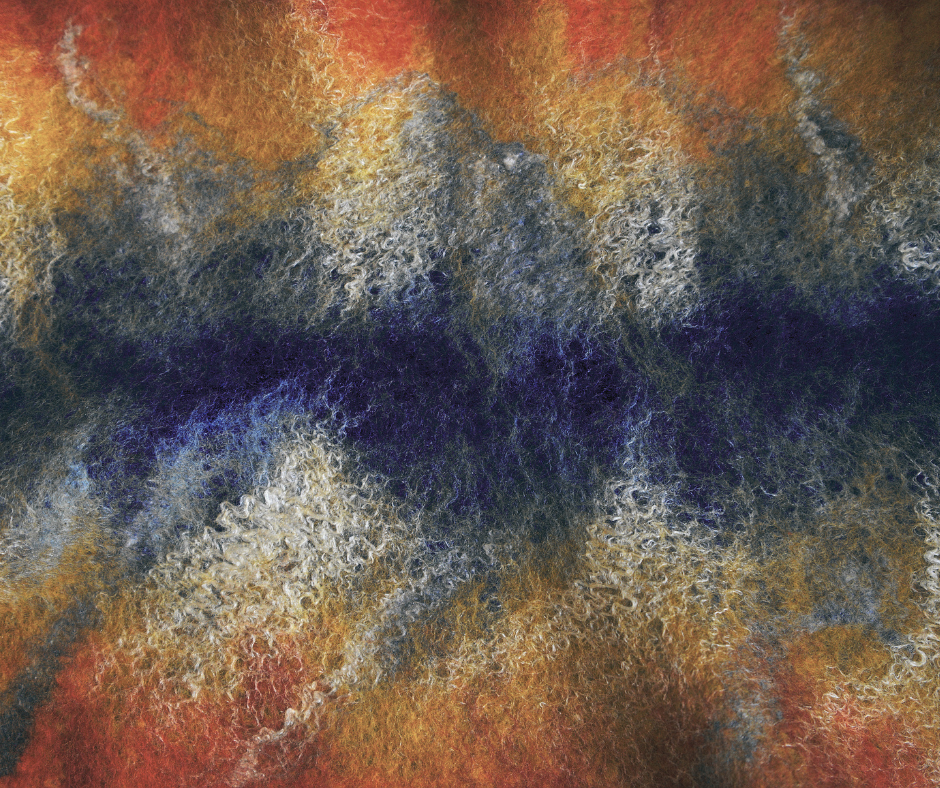

Nuno felting is a relatively modern textile technique that blends wool fibers with a sheer fabric, typically silk, to create a lightweight and textured fabric. The term “Nuno” is derived from the Japanese word for cloth. Nuno felting techniques were first developed in the early 1990s by Polly Stirling, a fiber artist from Australia, along with her assistant Sachiko Kotaka.
The process of Nuno felting is similar to traditional wet felting, but it incorporates an additional layer of fabric. First, a sheer fabric, like silk, is laid out flat. This fabric acts as the skeleton to which wool fibers will adhere. Very fine layers of wool roving (unspun wool) are laid over the fabric. The arrangement can be uniform or patterned, depending on the desired effect.
The fabric and wool are wetted with warm, soapy water. The entire piece of wet felt is then rolled around a rod and wrapped in bubble wrap or a similar material. The roll is then rubbed and rolled repeatedly. This action, combined with the warm soapy water, causes the wool fibers to penetrate the weave of the silk. As the wool shrinks during the felting process, it gathers the silk, creating a distinctive texture. Once the felting process is complete, the fabric is rinsed in water to remove soap and then left to dry.
Nuno felting is distinguished by its lightweight, drapeable quality, which makes it especially suitable for creating wearable textiles like scarves, shawls, and clothing. The technique allows for a great deal of creativity, as different fibers and fabrics can be combined to produce unique textures, colors, and patterns.
The resulting fabric is often characterized by a ripple or bubble effect where the wool fibers have contracted during the felting process, pulling the base fabric with them. This effect creates an ethereal, organic look, highly valued in the world of textile arts.
How Modern Technology Has Influenced and Preserved the Art of Wet Felting
Modern technology has played a pivotal role in both preserving and advancing the art of wet felting. Online platforms and social media have facilitated a global exchange of ideas and techniques, connecting felt artists and enthusiasts across the world.
Additionally, advancements in textile machinery and materials have expanded the possibilities of wet felting, allowing for greater experimentation and efficiency in production. These technological developments have not only ensured the survival of wet felting but have also paved the way for its evolution, blending traditional methods with contemporary innovation.
Our Guide to Wet Felting for Beginners
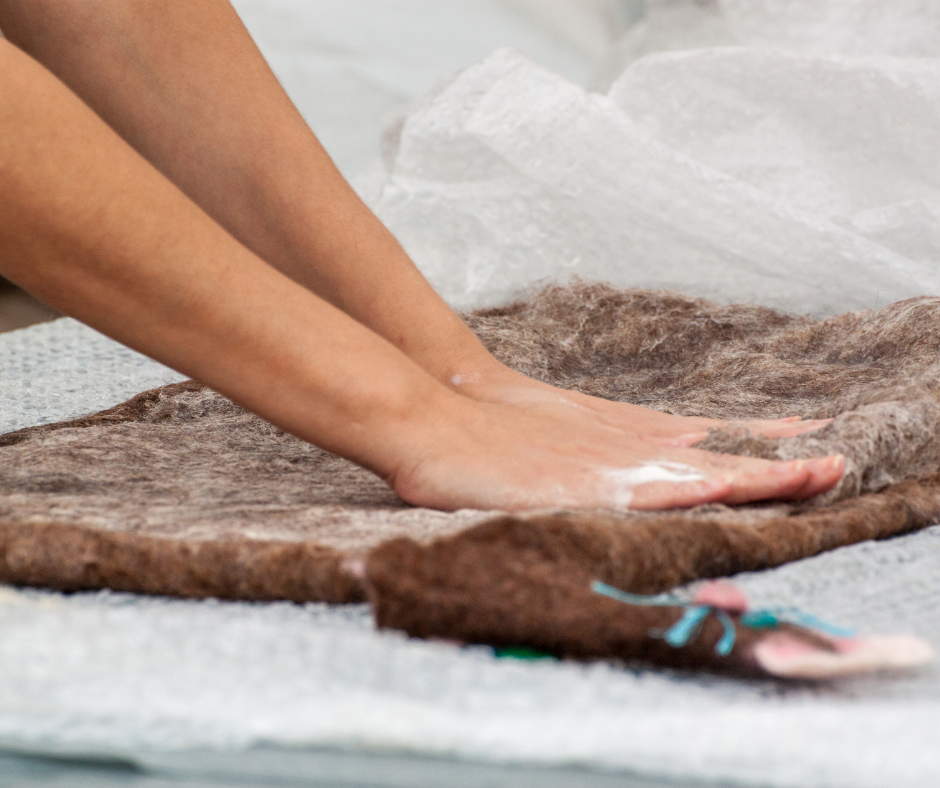

For your first project, you will need very few felting supplies. You will need wool roving, a spray bottle, hot water, a rolling pin, a bamboo mat, a piece of bubble wrap, and some type of soap. We recommend olive oil soap.
Wet felting at home begins with the selection of wool roving or batting. Lay out the wool fibers evenly on a flat, water-resistant surface, forming a thin layer. Gently wet the layer of wool with warm, soapy water. Using your hands, press down on the felting wool, allowing the fibers to soak up the water.
Begin to rub the surface gently, applying even pressure in the same direction across the wool layer to encourage the fibers to interlock. Continue this process, gradually increasing pressure and agitation, until the wool fiber has matted into a solid piece of fabric. Rinse the felt in clean water to remove soap and lay it flat to dry.
We recommend watching a wet felting tutorial or two to ensure you get the most out of your wool scarf, wool sweater, or other wool felting project.
Tips for Successful Wet Felting Projects
For successful wet felting, even layering of wool is crucial to avoid thin spots. Using warm water helps to open up the wool fibers more effectively, and a small amount of gentle soap aids in the felting process.
Patience is key; rushing the rubbing and agitation process can lead to uneven felting. Additionally, regularly turning the project ensures uniformity in texture and thickness. As skill improves, experimenting with different types of wool can yield varying textures and effects.
Ideas for Creative Wet Felting Projects
Wet felting offers a plethora of creative possibilities. Beginners might start with simple projects like coasters, flat decorative panels, or small pouches. As confidence grows, more complex items like slippers, hats, or scarves can be attempted.
Incorporating different colors of wool allows for the creation of unique patterns and designs. For those with artistic inclinations, wet felting can be used to create wall hangings or abstract art pieces, experimenting with various fibers and embellishments to add depth and interest.
The Environmental Impact of Felting
Wet felting, when evaluated through an environmental lens, presents a relatively sustainable profile. Its primary raw material, wool, is a natural, renewable resource, and the process itself requires minimal mechanical intervention, relying predominantly on manual labor.
The absence of complex machinery in traditional wet felting translates to lower energy consumption compared to more industrialized textile production methods. However, sustainability also depends on factors such as the sourcing of the wool and the environmental practices of the wool industry, including issues related to animal husbandry and land management.
Comparison with Other Fabric-Making Processes in Terms of Ecological Footprint
Compared to other fabric-making processes, particularly those involving synthetic materials, wet felting has a smaller ecological footprint. Synthetic fabric production often involves petroleum-based materials and energy-intensive manufacturing processes, leading to higher carbon emissions and environmental pollutants.
In contrast, wet felting’s reliance on natural fibers and low-tech production means it generates less pollution and consumes fewer resources. However, it is essential to consider the entire lifecycle of the felt products, from raw material sourcing to end-of-life disposal, to fully assess its environmental impact.
The Role of Natural Materials in Felting and Their Environmental Implications
The use of natural materials like wool in felting is a double-edged sword in terms of environmental implications. On the one hand, wool is biodegradable and does not contribute to microplastic pollution, unlike synthetic fibers.
On the other hand, wool production can be resource-intensive, requiring significant amounts of water and land, and may be associated with issues such as overgrazing and methane emissions from sheep. The environmental impact of wool production varies widely depending on farming practices, making it crucial to source wool from responsible suppliers to mitigate these effects.
The Future of Felting
The future of felting may see significant advancements in both techniques and materials. Innovations could include the development of more efficient and varied felting methods, potentially incorporating automated or digital technologies to expand design possibilities.
In terms of materials, there is a growing interest in sustainable and eco-friendly fibers that could be integrated into felting, such as organic wools or plant-based alternatives. These advancements promise to make felting more versatile and environmentally conscious, catering to the evolving demands of both artisans and consumers.
The Role of Felting in the Future of Textile Art and Fashion
Felting is poised to play an influential role in the future of textile art and fashion. Its unique textures and sculptural qualities offer artists and designers a distinctive medium to explore.
The increasing emphasis on sustainable and handcrafted textiles in the fashion industry could see a greater incorporation of felted materials in high-end and everyday fashion. Furthermore, as the public becomes more interested in artisanal and eco-friendly products, felting could become a more prominent feature in both wearable art and interior design.
Concluding Thoughts on the Enduring Appeal and Versatility of Felt
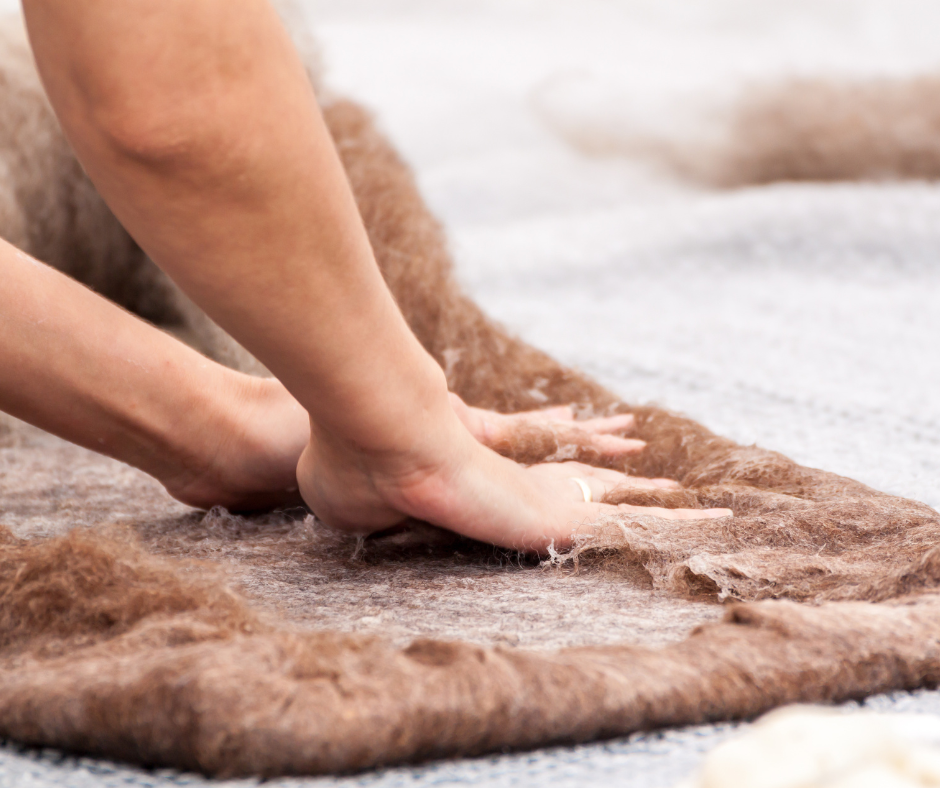

The enduring appeal and versatility of felt are rooted in its rich history, simplicity of creation, and adaptability. As a material that has transcended time and cultures, felt continues to captivate artists, designers, and craftspeople.
Its ability to be both functional and decorative, rustic and refined, positions it uniquely within the textile arts. Looking ahead, felt’s inherent qualities, coupled with future innovations, ensure that it will remain an integral and evolving part of the textile landscape.








